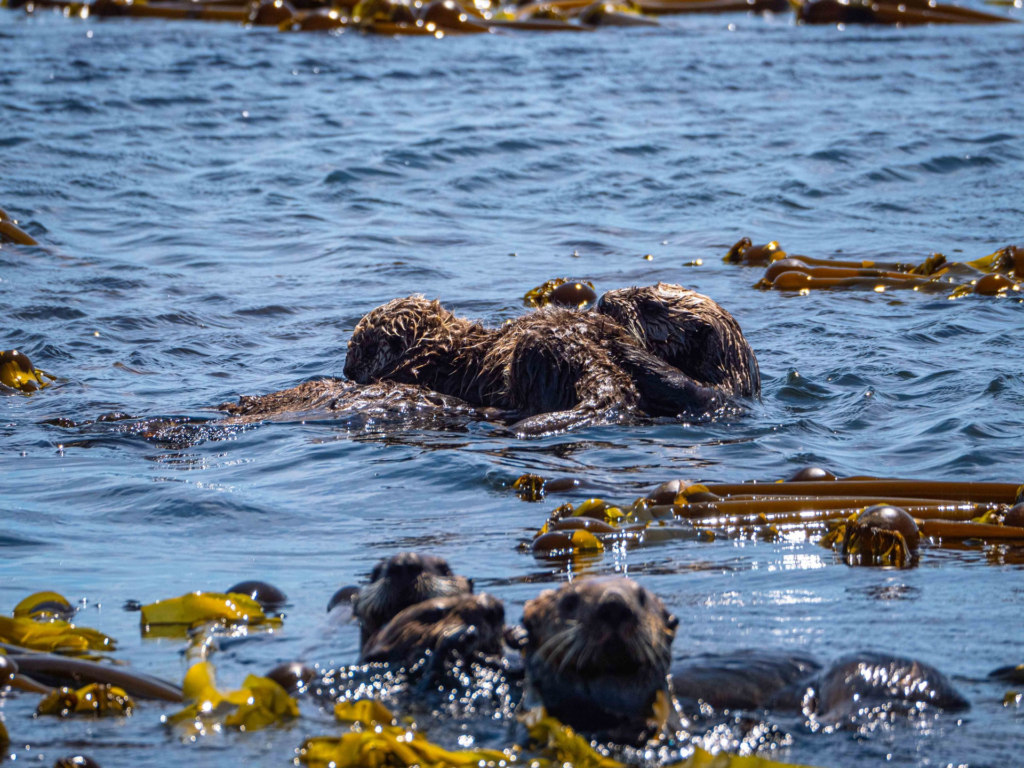(par 4.2.5) Saltwater Animal & Plant Adaptations

https://wildtracks.wordpress.com/world-ecosystems/saltwater-ecosystem/saltwater-animal-plant-adaptations/Animal Adaptations There are 120 species of mammals including whales, dolphins, porpoises, seals and sea lions which have evolved to adapt to their aquatic environment by developing small appendages (ears and flippers), a generally large size, hydrodynamic (mechanical properties of liquid) body shapes and different methods to cope with extreme changes in temperature. The ocean […]
(par 4.2.5) Marine ecology

http://www.waterencyclopedia.com/Da-En/Ecology-Marine.html Marine ecology describes the interactions of marine species with their biotic (living) and abiotic (nonliving) environments. The biotic environment includes interactions with other living organisms. The abiotic environment includes aspects of the physical habitat , such as water temperature, chemical composition, depth, and current. Trophic Levels and Biomass Pyramids The word “trophic” refers to feeding, and “trophic levels” […]
(par 4.2.5) Aquatic ecosystem – Marine

http://en.wikipedia.org/wiki/Aquatic_ecosystem From Wikipedia, the free encyclopedia An estuary mouth and coastal waters, part of an aquatic ecosystem An aquatic ecosystem is an ecosystem in a body of water. Communities of organisms that are dependent on each other and on their environment live in aquatic ecosystems. The two main types of aquatic ecosystems are marine ecosystems and freshwater ecosystems.[1] Contents 1 Types 1.1 Marine 2 Functions 3 Abiotic characteristics 4 Biotic characteristics 4.1 Autotrophic organisms 4.2 Heterotrophic […]
